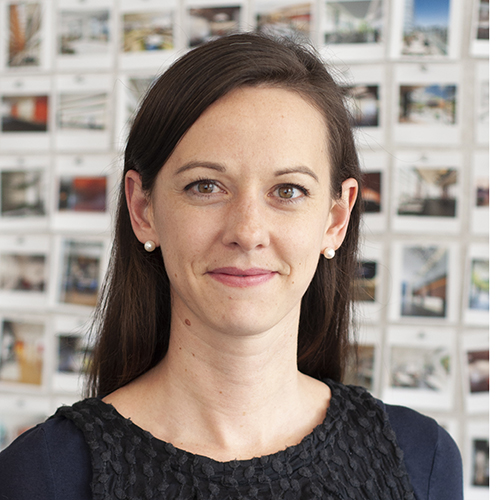Video Presentations: The Pandemic-Resilient Office Tower

Daniel Kaplan
Senior Partner
FXCollaborative Architects, New York City

Sara Davis
Principal
FXCollaborative Architects, New York City
Our world has entered a new era of pandemic and epidemic risk. Prior to the Covid-19 pandemic, the number of outbreaks had been increasing. Now, with Covid-19, we are experiencing a human, social, and economic toll unprecedented in our lifetimes. In this new period of heightened risk, it is vital to reexamine conventional planning parameters for nearly the entire urban realm, including those applied to tall buildings.
Throughout its history, much of high-rise office building design innovation has been driven by a single-minded pursuit of efficiency. Critically, this effort has generally been made assuming ideal conditions. As we are collectively discovering, the result is our tall buildings are unable to function effectively under more challenging circumstances. Resiliency has gained a new-found urgency.
Architectural design strategies are combined to create the Pandemic Resilient Office Tower. In addition to incorporating a suite of measures to impede the spread of disease, the design’s defining feature will be its ability to flex between normal and health crisis modes. The building’s operation will be optimized for both these conditions and will seek to anticipate unknown stressors. A proposed Class-A office building in Manhattan’s Hudson Yards that features this approach will be analyzed, including qualitative and quantitative considerations. Building entrance sequence, lobby layout, vertical circulation, delivery and trash handling, core design, sustainable design features and biophilic aspects are all considered. Lessons learned and insights for further research are shared in the context of larger questions relating to a resilient design ethos.
